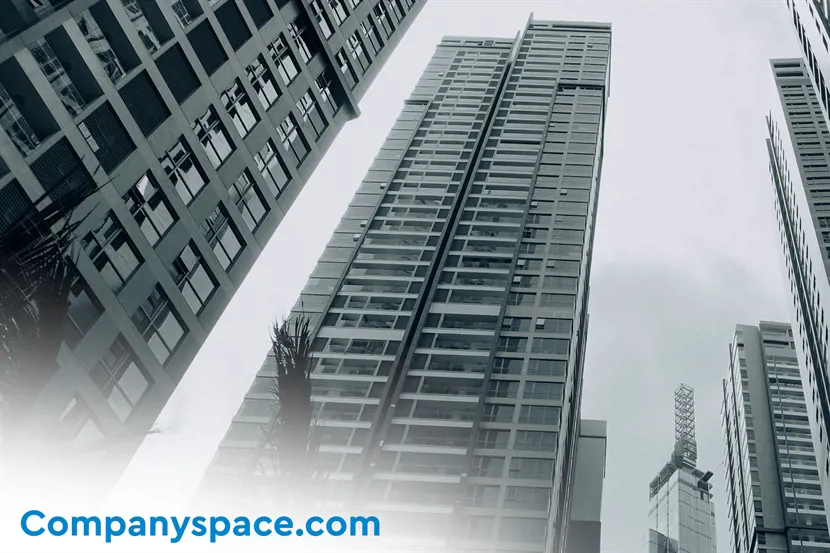10 Steps to design your office space - Create a productive and comfortable workplace

Creating the optimal working environment in the office is not just about positioning desks and chairs. Office design plays a crucial role in promoting productivity, well-being, and collaboration among employees. Below are several key areas you should consider when designing your office to maximize space and create a pleasant working experience.
If you haven't already found your new office, you can read our office search guide here and find office space for rent directly on Companyspace.com – see, for example, office space in Denmark, office space in Sweden, office space in Norway, office space in the Netherlands and office space in Germany.
1: Start by understanding your employees and work processes
Before you start designing the office, it's important to understand the needs and working processes characteristic of your employees. Conduct a thorough analysis of the different departments' functions and collaboration needs. Use this knowledge to create a layout and design that supports effective communication, collaboration, and individually focused work.
2: Create a welcoming reception and communal areas
First impressions matter, even in the office. Design a welcoming reception with the company's logo and identity clearly visible. Consider creating attractive communal areas with comfortable seating, plants, and natural light. These areas can promote informal interaction, creativity, and relaxation.
3: Optimize the workspace in terms of space and movement
Effective use of space is essential. Create a floor plan that facilitates natural movement and access to workstations. Consider implementing open-space concepts or modular work areas to give employees flexibility. Design corridors and walkways that minimize disruptions and create a pleasant atmosphere.
4: Lighting and acoustics
Both lighting and acoustics greatly influence the work environment. Use natural light where possible and supplement with adjustable artificial lighting. Consider acoustic solutions such as sound-absorbing panels, carpets, and dividers to reduce noise and create a more focused atmosphere.
5: Ergonomic furniture and workstations
Invest in ergonomic furniture and workstations. Adjustable chairs, sit-stand desks, and computer monitor arms tailored to an employee's height and working posture can improve comfort and reduce strain injuries. Ensure that workspaces are adapted to the nature of the tasks and promote a healthy working posture.
6: Zones and collaboration areas
Divide the office space into zones dedicated to different functions such as focused work, meetings, and creative collaboration. Create inspiring collaboration areas with whiteboards, project tables, and technological aids that enhance interaction and idea exchange.
7: Colors and materials
Colors and materials influence the mood in the office. Choose colors that reflect the company's branding and create a suitable atmosphere. Use high-quality materials that are both aesthetically appealing and durable. Incorporate natural materials to evoke a more organic feel.
8: Green elements and natural features
Plants and green elements can improve air quality and well-being in the office. Introduce plants that are easy to maintain and suitable for indoor environments. Also, consider integrating natural features like wood details or water elements to establish a connection with nature.
9: Technology and infrastructure
Ensure the office is equipped with the necessary technology, including a stable internet connection, power outlets, and conference facilities. Integrate smart solutions like wireless charging and video conferencing technology to facilitate collaboration and communication.
10: Evaluate and adjust
Continuous evaluation is the key to maintaining optimal office design. Achieve this by gathering feedback from employees about the working environment and continuously adjust the layout, furnishings, and facilities to accommodate changes in work requirements and technological advancements.
- December 2023 (1)
- September 2023 (21)
- June 2023 (21)
- January 2023 (7)
- December 2022 (4)
- November 2022 (3)
- September 2022 (1)






